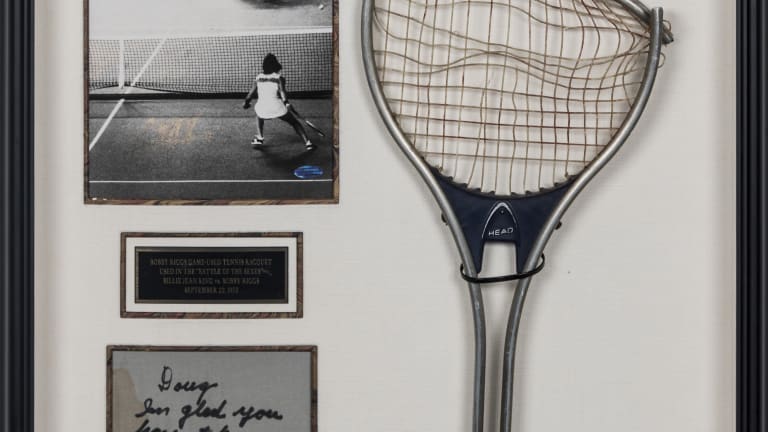How is scarcity artificially created? Just look to the world of sports collectibles.
The trading-card industry was undone by overprinting during the 1990s baseball-card boom. In response, it has and continues to produce countless sets of cards ostensibly limited to small print runs. But taking a wider view, even a card serial-numbered to less than 25 copies doesn't carry much value, when there are hundreds of these same types of cards flooding the market.
What about game-worn memorabilia, you ask? On the surface, every match-used piece of equipment is the only one in existence. But it's important to remember that companies contracted to work with sports teams and leagues often have players wearing and using multiple pieces of equipment per season—and, in many instances, within the same game—in order to generate additional inventory.
I could go on, to the dismay of collectors everywhere, including myself. So when something that's actually scarce surfaces, I'm interested. And for me, a collector that specializes in tennis, Bobby Riggs' tennis racquet from the 1973 Battle of the Sexes certainly qualifies. It's a one-of-a-kind piece of history from a once-in-a-lifetime event.
